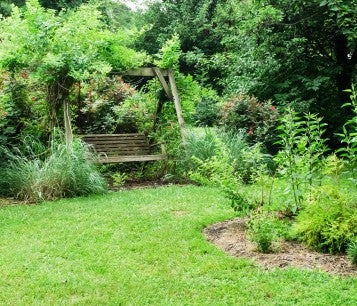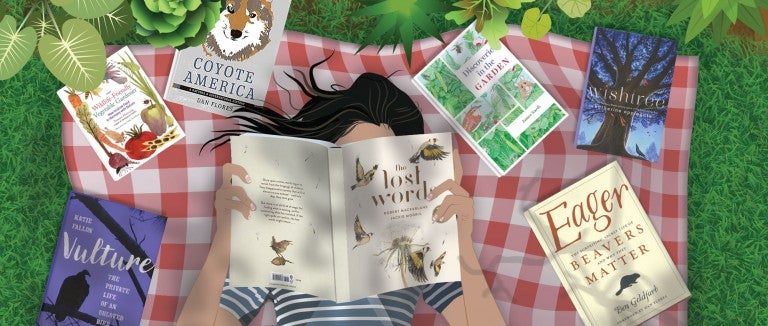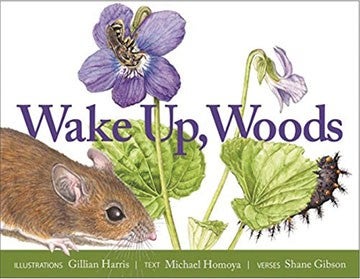It’s not easy to write a book roundup for All Animals. As the magazine’s name implies, we don’t discriminate. A book that celebrates butterflies and birds but maligns squirrels and snakes will never make the cut.
That narrows the field considerably but still leaves treasures for summer reading. From natural histories of misunderstood species to stories of interconnectedness, the following selections will help you (and, in some cases, your children and grandchildren) think differently about wildlife in your own neighborhood and beyond.
lesser-loved animals
If anyone makes you want to hug a vulture, it’s Katie Fallon, author of . While dispelling myths about her favorite animal, Fallon emphasizes the vital role of these shy scavengers. As neutralizers of rabies, anthrax and other harmful toxins, they’d be sorely missed if they quit their jobs as nature’s cleanup crew, as happened in India when rabies cases rose following a mass vulture die-off.
In, Dan Flores explains something I wish we’d learned in childhood history classes: that “humans are ancient veterans of the art of species cleansing.” His book is a fascinating look at how we tried but failed to wipe out America’s resilient song dogs. In the equally absorbing , Ben Goldfarb describes the fall and rise of nature’s most influential ecosystem engineers.
An undercurrent of all these books is a cautionary tale about loss of reverence for life, notes John Griffin, HSUS senior director of urban wildlife. Merlin Tuttle’s book is an inspiring story of how to restore it. More than anyone, says Griffin, Tuttle “has been responsible for changing the way we think about bats.”
A humane backyard is a natural habitat offering wildlife plenty of food, water and cover, plus a safe place to live free from pesticides, chemicals, free-roaming pets, inhumane practices and other threats. And it's so easy to build!

hidden worlds
Open any book by ecologist Joan Maloof, and you’ll never think of trees and their animal dwellers in the same way again. In the coffee-table-style The Living Forest, lushly photographed by Robert Llewellyn, Maloof writes of squirrels using their tails to communicate and tree frogs changing color to match surroundings. The trees themselves are far from passive, shoring up their defenses after identifying nibbling insects by the chemicals in their feet and turning their leaves away from the moonlight when it’s time to go to sleep.
But do trees talk? In a manner of speaking, they do—through underground fungal networks and chemical cues. Follow along with a middle school-aged child as she reads about an oak named Red who’s a downright chatterbox in Katherine Applegate’s Wishtree. While narrating the life cycles of crows, skunks, owls and opossums who live in her hollows and branches, Red defines “corvid,” “crepuscular” and other words that young readers may not learn anywhere else.
An undercurrent of all these books is a cautionary tale about loss of reverence for life.
animal-friendly gardens
Too many garden books pit animals and plants against one another. In Th, Tammi Hartung explains how she coexists with a herd of deer and other mammals while growing her own food and running a thriving plant business. by James Nardi encourages a first-do-no-harm philosophy. Suggested experiments help adults and older children alike learn how plants have evolved strategies and defenses to grow and thrive among wild neighbors.
by Kim Eierman provides actionable steps for helping much-loved butterflies and bees as well as underappreciated creatures like beetles and flies. And presents a radically refreshing alternative to the current industrial food system: Grow native plants that feed both wildlife and humans—and in the process nurture a better understanding of the role that all animals, from shrews to muskrats to coyotes, play in a dynamic and rich landscape.
Want more content like this?
This was written and produced by the team behind All Animals, our award-winning magazine. Each issue is packed with inspiring stories about how we are changing the world for animals together.
Learn MoreSubscribe

